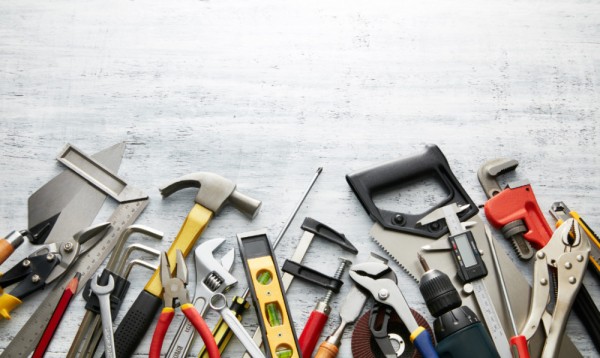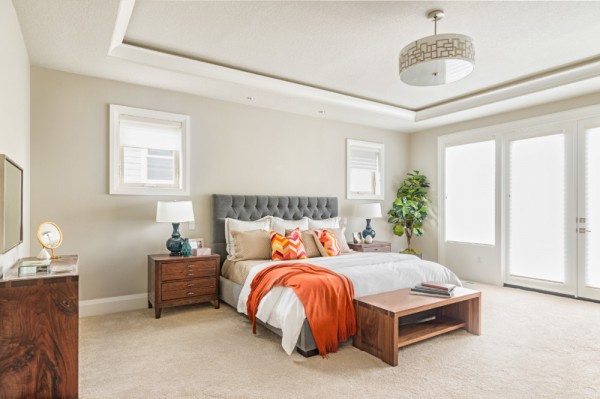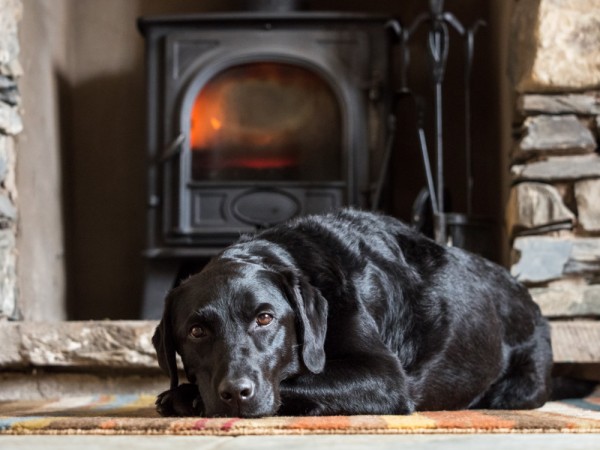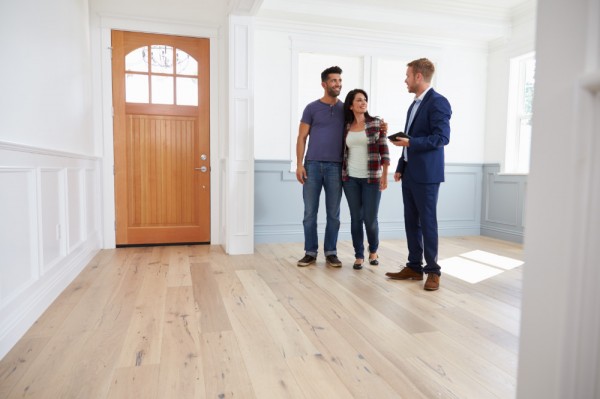When you own your home, things are going to break and, unless you want to spend your money on visits from a neighborhood handyman, you’re going to need to fix them yourself. Luckily, you don’t need an arsenal of tools to handle most home maintenance fixes. These five tools will cover most of your basic projects.
- Cordless drill. A cordless drill is a must-have for installing cabinets, drawer pulls, hinges, picture frames, shelves and hooks, and more. Whether it’s for do-it-yourself projects or repairs, you’ll use your cordless drill just about every month.
- Drain cleaners. Shower and bathroom sink drains are susceptible to clogs because of the daily buildup of hair and whisker clippings. You can use chemical clog removers like Drano, but they’re expensive and the lingering chemical scent is unpleasant. Instead, buy some plastic drain cleaners that can reach into the drain to pull out the clog of hair and gunk. You can purchase them on Amazon or at a local hardware store for a low price.
- Shop-vac. No matter how careful you are, spills and accidents will happen and there are some tasks that just can’t be handled with paper towels or a standard vacuum, like pet messes or broken glass.
- Loppers. Even the minimum amount of care for your landscaping will require some loppers to remove damaged branches, vines, thick weeds, and any other unruly plants in your yard.
- Flashlight. You’re going to want something a little more powerful than your iPhone flashlight when you’re in the crawlspace!



